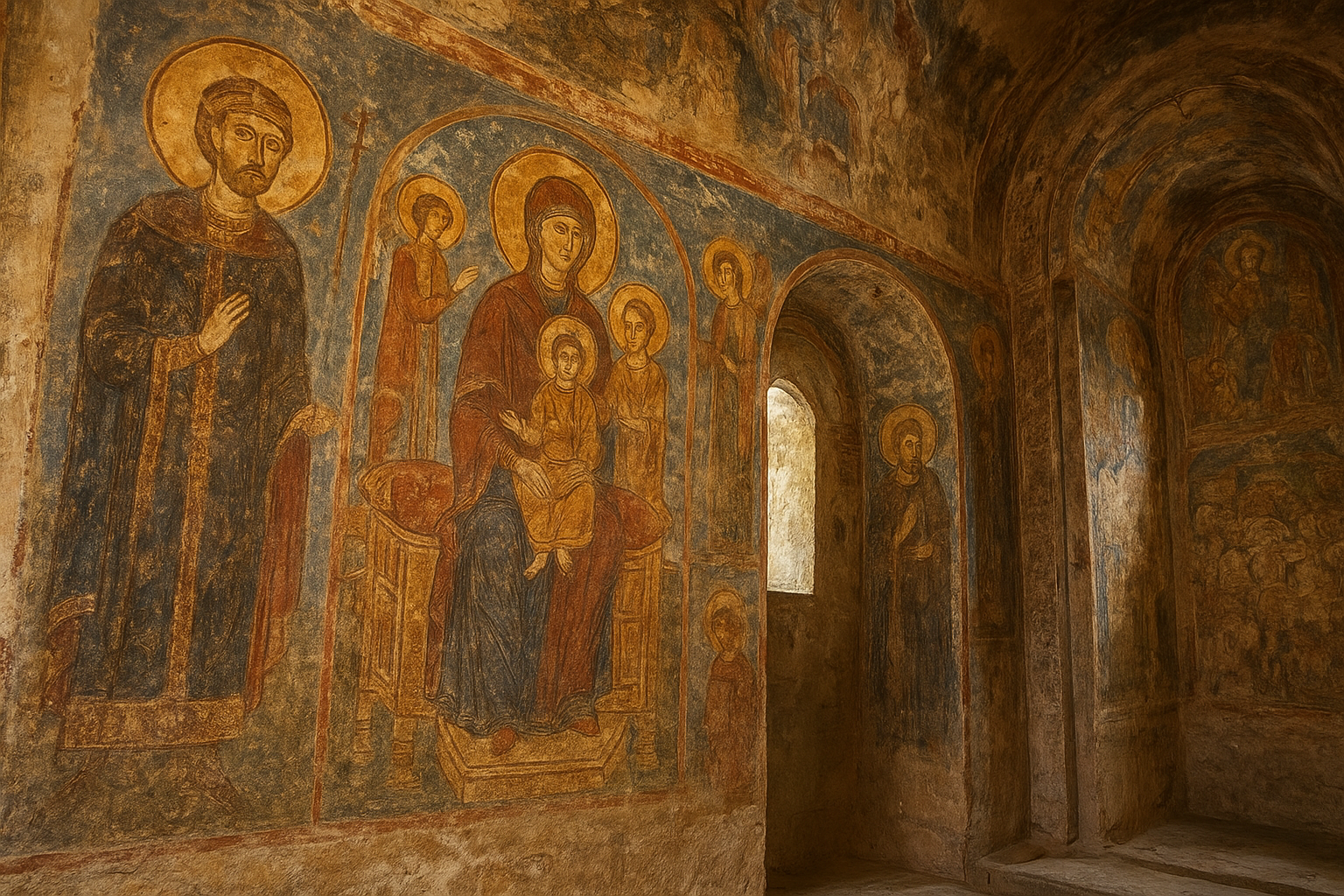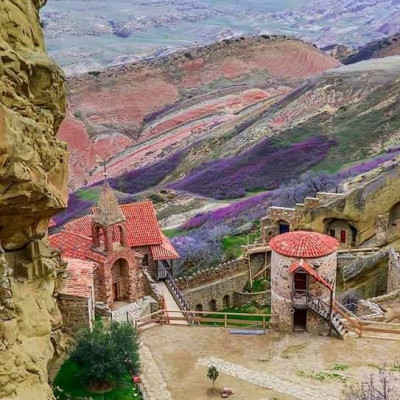
Georgia’s cultural heritage is not only written in its language, music, and traditions but also vividly expressed through the ancient wall paintings and frescoes that decorate the country’s historic churches, monasteries, and fortresses, standing as witnesses of centuries of devotion, artistry, and craftsmanship. These works of art, created by Georgian masters and sometimes influenced by Byzantine and regional styles, carry deep symbolism and reflect the spirit of the nation as it evolved through eras of struggle, faith, and creativity. When stepping into monuments such as Gelati Monastery, Alaverdi Cathedral, Svetitskhoveli in Mtskheta, or lesser-known gems like Ateni Sioni and Ubisi, one is greeted by colorful frescoes portraying biblical scenes, saints, and kings who once shaped the destiny of the country. Painted with natural pigments and preserved for hundreds of years despite wars and natural decay, these frescoes reveal not only religious devotion but also the daily life, clothing, architecture, and worldview of medieval Georgia. Particularly significant are the frescoes depicting local rulers and patrons alongside holy figures, emphasizing the unity of church and state and the role of art as a mirror of identity. In Gelati Monastery, founded by King David the Builder in the 12th century and now a UNESCO World Heritage site, frescoes illuminate the walls with rich blues, reds, and gold, embodying both theological depth and aesthetic excellence. Ateni Sioni, dating back to the 7th century, preserves unique fresco cycles that reveal a blend of Eastern Christian traditions and local creativity. Meanwhile, the frescoes of Ubisi Monastery from the 14th century, painted by the great Georgian artist Damiane, showcase expressive faces and dynamic gestures that remain astonishingly modern in style. Beyond their beauty, Georgian frescoes serve as historical documents. Through them we learn how Georgians dressed, what weapons they carried, and even how their kings and queens presented themselves before God and their people. They demonstrate how art was not only an aesthetic pursuit but also a spiritual mission, intended to teach, inspire, and protect. Pilgrims and travelers throughout centuries have admired these walls covered in sacred colors, leaving with a sense of awe and a connection to something eternal. Today, preserving these frescoes is a vital task. Specialists work tirelessly to conserve pigments, clean surfaces, and protect sites from humidity and damage, ensuring that future generations may still encounter the same beauty. For visitors exploring Georgia, discovering these frescoes is more than sightseeing; it is an immersion into the very soul of the country. To stand before the fresco of the Virgin in Svetitskhoveli or gaze at the Last Judgment in Alaverdi is to feel the heartbeat of centuries and to witness how faith and art intertwined to shape a nation’s destiny. Georgia’s wall paintings are not isolated achievements but part of a broader dialogue with the Christian East and West, while still remaining unmistakably Georgian in spirit. Their colors, gestures, and sacred stories remind us that culture is not merely preserved in books and chronicles but breathes through stone walls and painted images. This heritage invites every traveler to look closer, to read the stories written in pigments and brushstrokes, and to carry away an impression of Georgia as a land where art, faith, and identity have always been inseparable. For those who wish to understand Georgia, exploring its ancient frescoes is an essential journey into the past and a vivid connection with the timeless values of beauty, spirituality, and resilience.






 Deutsch
Deutsch
 русский
русский
